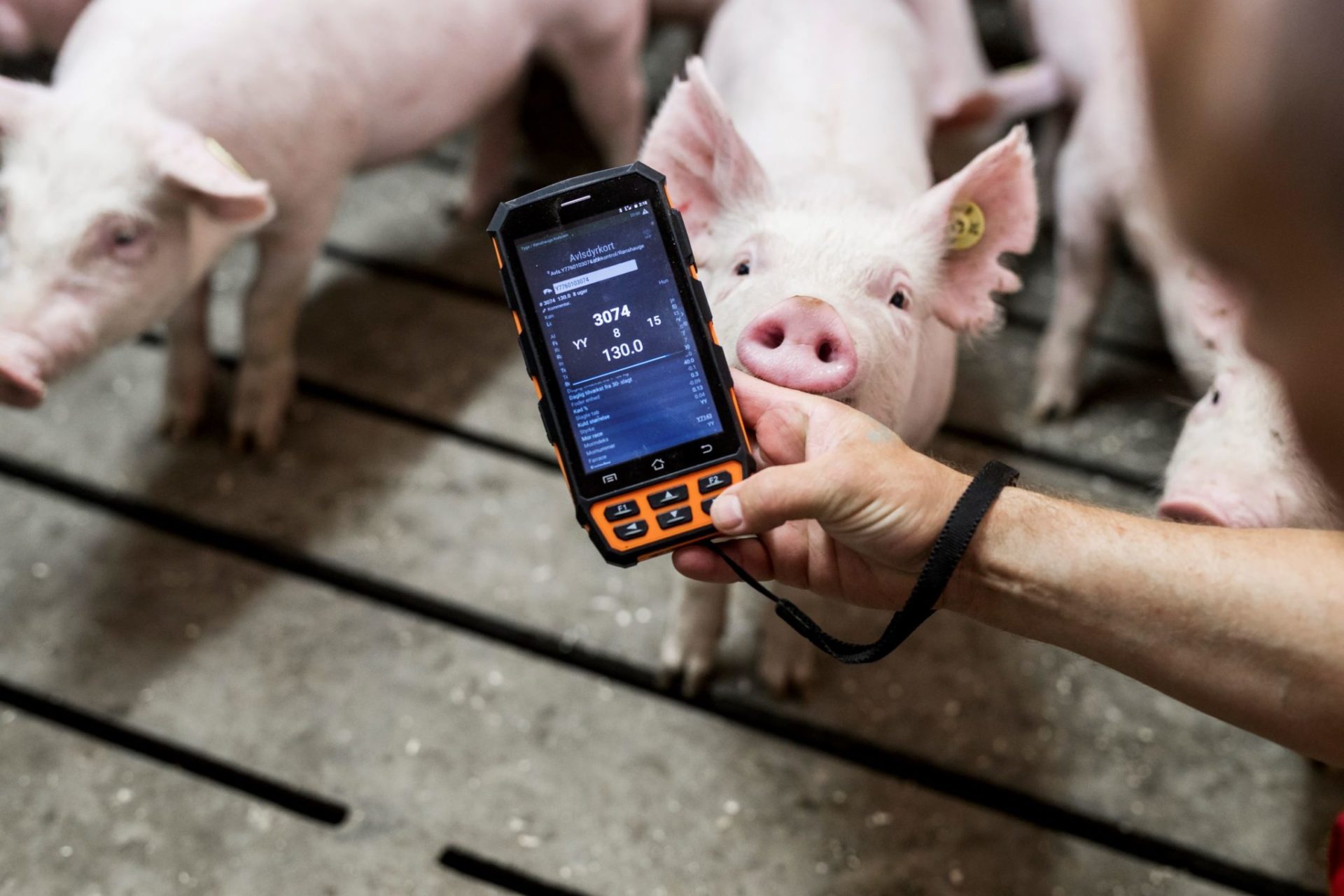Monitor the home breeding work for optimised production
Besides the genetic development, there is a growing demand for ways to utilize data. Danish breeding solutions are currently spending a lot of resources on digitalization since many customers are looking at ways to utilize data and other opportunities that digitalization brings with it. New user-friendly tools and solutions are emerging.
In today’s pig production decisions are increasingly based on data insights. It is important to continuously optimize production on a variety of parameters in order to reduce the environmental and climate impact of pig production while increasing profitability. Fundamentally, breeding work is the essential point of departure.
a monitoring tool determines the impact on the environment in pig production
Monitoring and utilising data
In farm herds doing home breeding, the latest breeding progress is achieved by combining the semen received from a supplier combined with the individual selection in the herd. The pig producer is responsible for producing the next generation of young females for replacement in their herds through home breeding.
The home breeding customers’ demand for tools to optimise selection by utilising data has encouraged the genetics supplier Danish Genetics to launch the program Nucleus Management.
With the monitoring tool producers can closely follow their breeding work and act accordingly if necessary. Each breeding animal is indexed weekly for the producer to achieve the most efficient production results for both sow and finisher herds.
Financial and climate benefits
In home breeding too, it makes both financial and environmental sense to have a focus on utilising genetics to its maximum. The Nucleus Management program offers a strong digital and user-friendly solution to increase efficiency, that determines how much impact production has on the environment.
The Nucleus Management is for the ambitious farmers conducting home breeding. The tool is not difficult but requires the individual pig farmer’s full attention and insight to reach the full economic and environmental benefits. The benefits, on the other hand, is an optimised production ensuring less climate footprint per pig.


